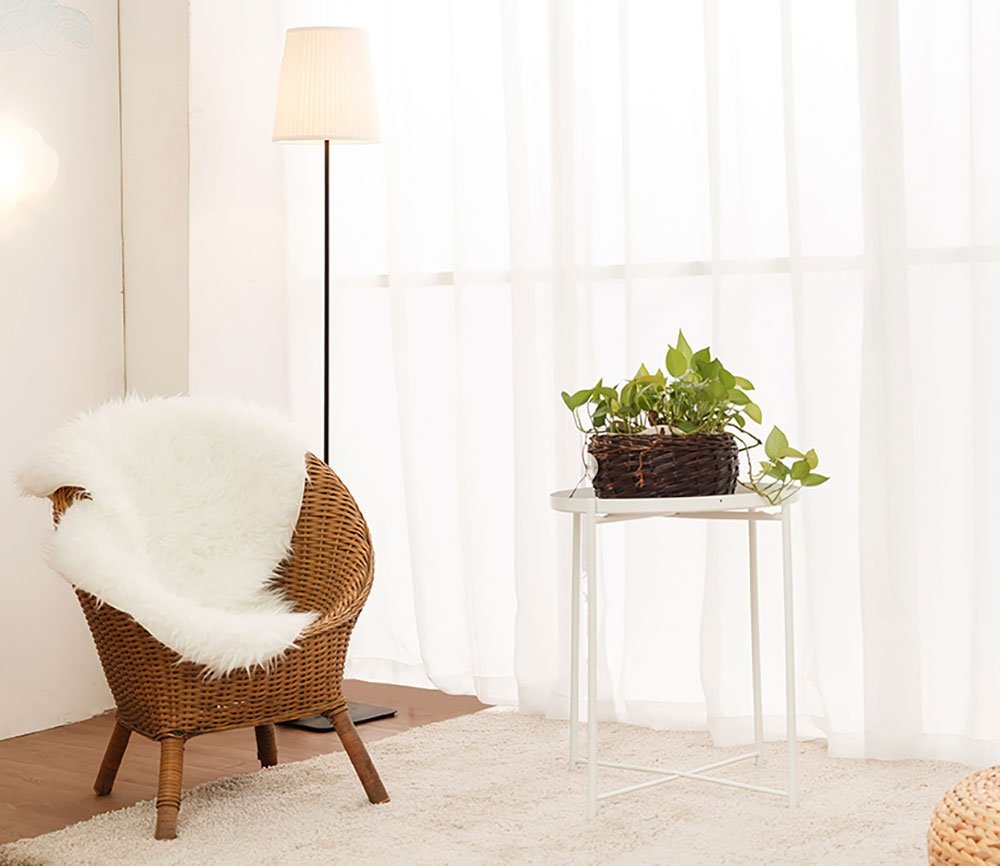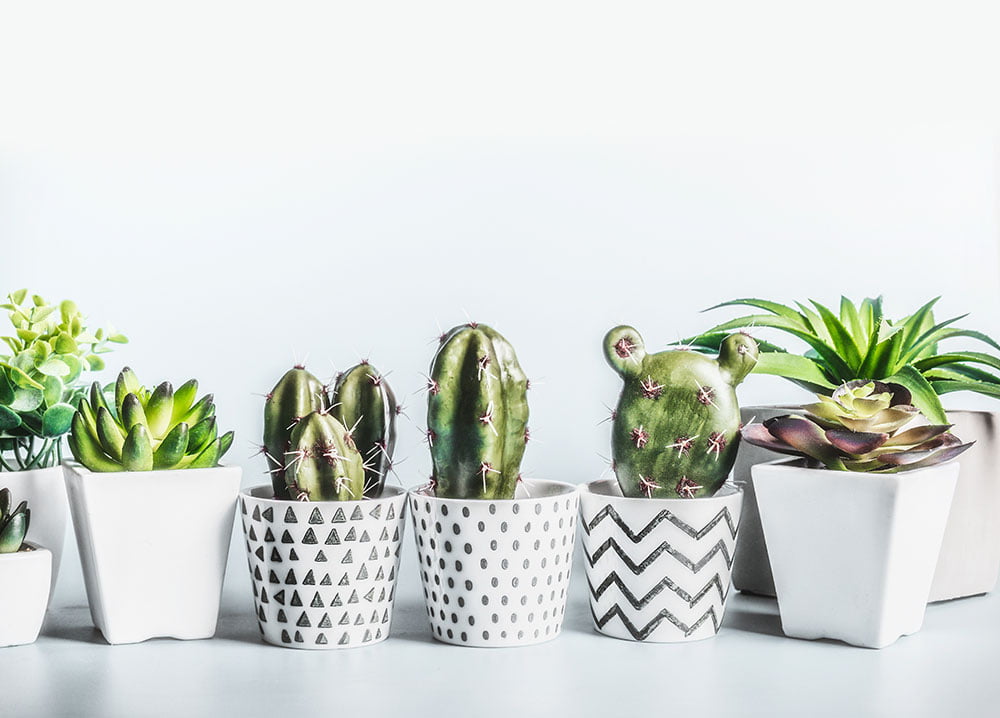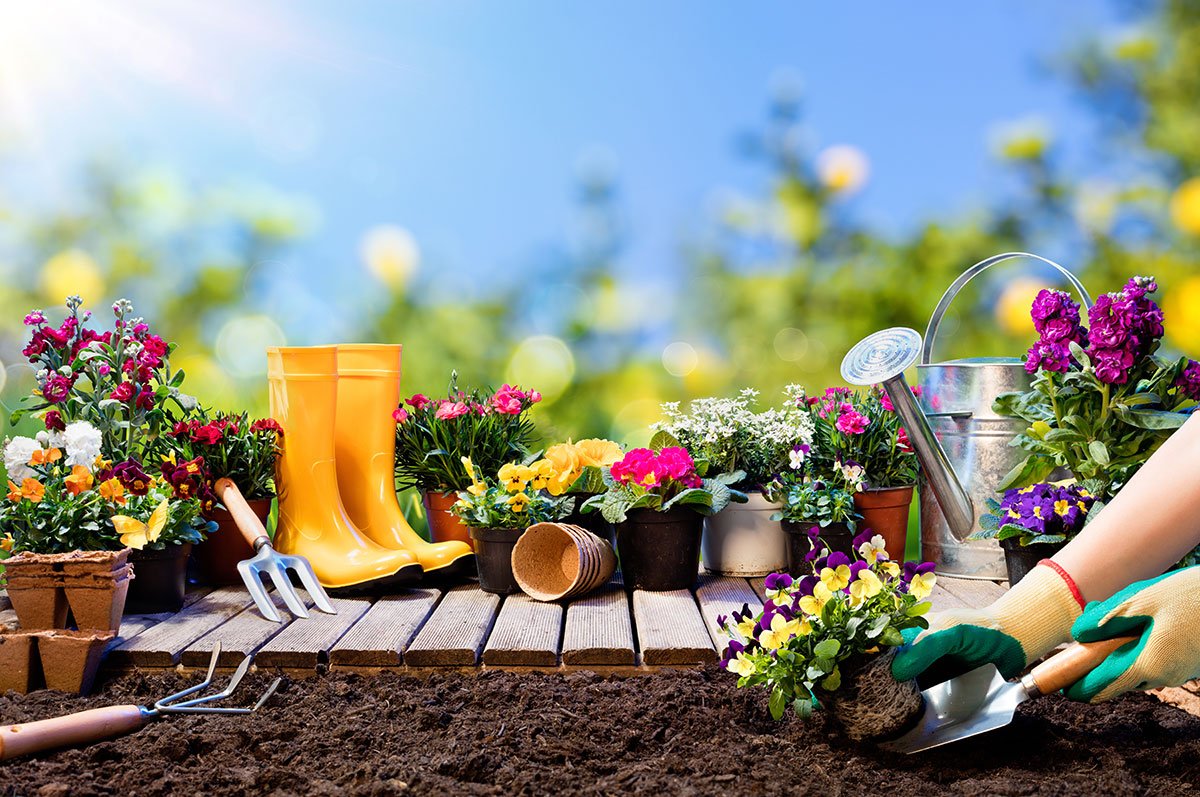When greenery and soil styles are still valued, these houseplants that were popular in the 1970s will make a comeback. They are all evergreen plants featuring clear outlines and interesting branch and leaf shapes, which make them a direct improvement in indoor environments.

* Cast iron plant (Aspidistra elatior)
* Bird’s-nest fern (Neottopteris nidus)
* Spider plant (Chlorophytum comosum)
* Fatsia (Fatsia japonica)
* Rubber plant (Ficus elastica)
* Mexican-breadfruit (Monstera deliciosa)
* Bowstring Hemp (Sansevieria trifasciata)
Discerning readers may have noticed that evergreen plants have been the principal choices of designers. This new trend is seen as a result of the anti-minimalism wave. Seeing too many monotonous simple-styled homes, all-white interior decor, and austere lines makes one reflect that the home should be a haven for oneself instead of the perfect prototype room in sales brochures given out by real estate brokers. Decisions regarding colors, patterns, and decorations should be predicated on the likes and preferences of each homeowner. When greenery is seen as living art and applied to home décor based on personal likes and dislikes, people realize that it spices up the home and such decisions as the specific choice of greenery and its arrangement are easily made.
The comeback made by cacti and succulents is closely related to the popularity of glass growing vessels. These transparent containers are the favorite flower vessels of plant experts at the moment. Meanwhile, plants with exaggerated shapes, such as Monstera deliciosa, Fern, Fatsia japonica that enjoyed great popularity in the 1970s, are very impressive. As a result, they are making a comeback and regaining their lost glory.

Due to urbanization, most people are curled up in apartments and any contact with outdoor space has become rare for them, thus growing greenery at home could be regarded as a way for them to reconnect with nature. Plants can even be considered family members.
Technology brings benefits. Professional seedling growing institutions are breeding plants in large quantities, which means that greenery prices have dropped significantly compared to a decade ago. When orchids first became houseplants several years ago, they were popular but expensive. Today, some seedling growing institutions in the Netherlands can breed millions of a specific variety of orchids with one fourth of the previous price.
The affordable plant prices, the easily-obtainable flower vessels from shops or online malls, the countless creative greenery inspirations found in picture banks such as Pinterest and Instagram, and the universality of plants in the decoration of many restaurants and Internet diva shops bring more novel ideas to us. We can absolutely learn from those ideas which are suitable for our home style, in line with our taste and resonate with us to start the preparation of growing and caring greenery.
What is the most popular houseplants?
After the shape-exaggerated greenery that enjoyed popularity in the Hippie era, there is a type of pot-free creative greenery in the moment called “Kokedama” that only utilizes a rope to twine, knot, and fix plant roots for interior decoration.
Kokedama, also called moss ball, originated from Japan, is a branch of bonsai art (bonsai is a form of art that hinders the growth of shrubs and trees for their ornamental value). It has taken the world by storm and become the new favorite of the design community. To make a Kokedama, the piled earth on the plant has to be removed carefully and the exposed roots have to be wrapped in a soil ball (not ordinary soil, but a mixture of compositing soil and mineral soil). Then, the soil ball is swathed with a layer of moss, twined, fixed, and strung up in the air.
Is it eye-catching? Without a doubt. Is it easy to be preserved? You bet. If this is considered too much effort, you can always choose plants that could also be strung up in the home, such as Vanda, Platycerium bifurcatum, and Tillandsia cyanea, all of which have fascinating shapes.





Thanks for your blog, nice to read. Do not stop.